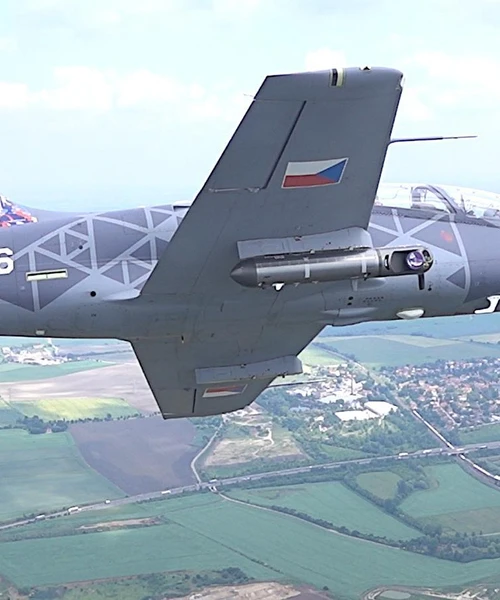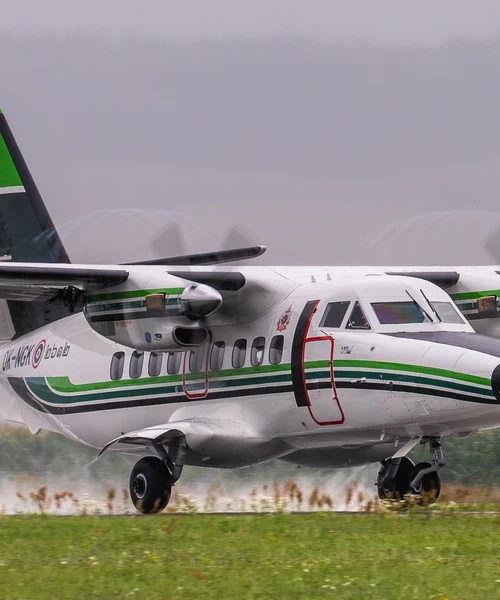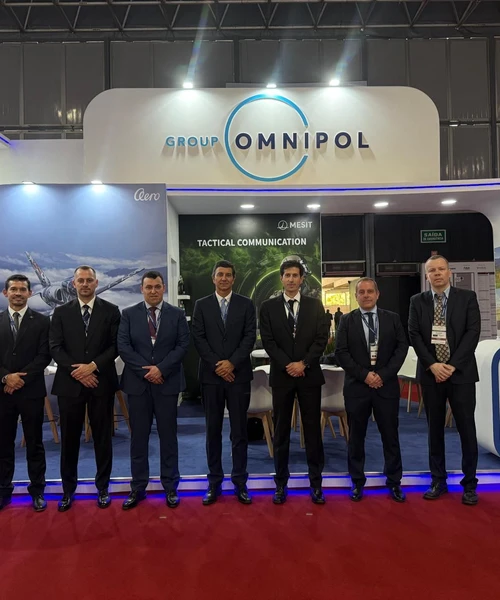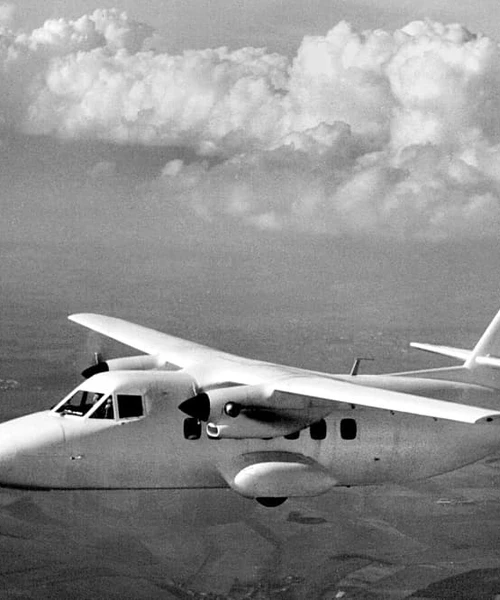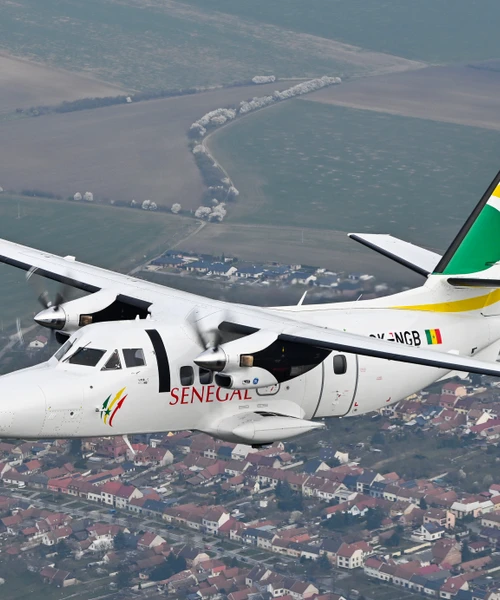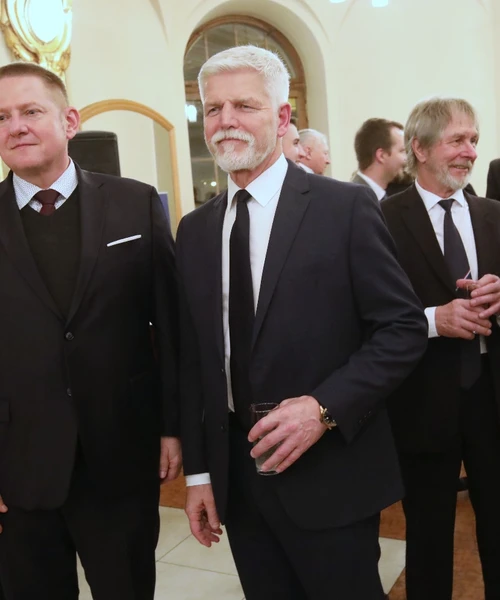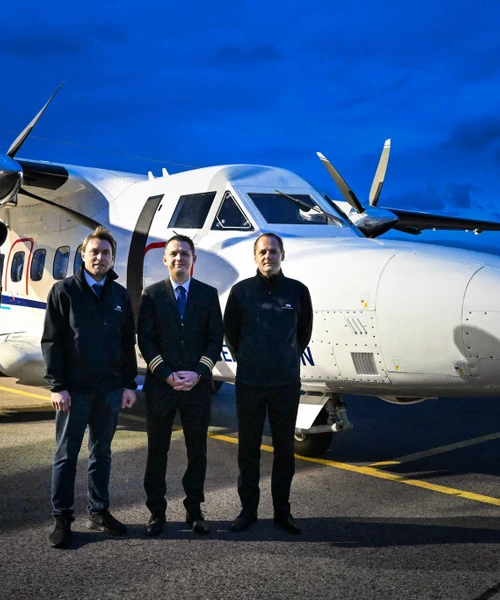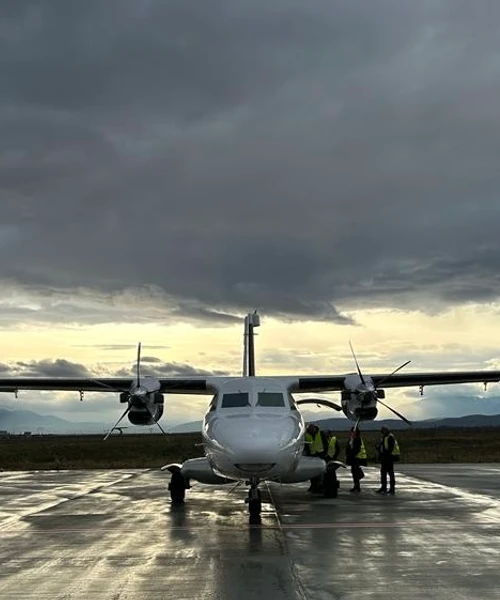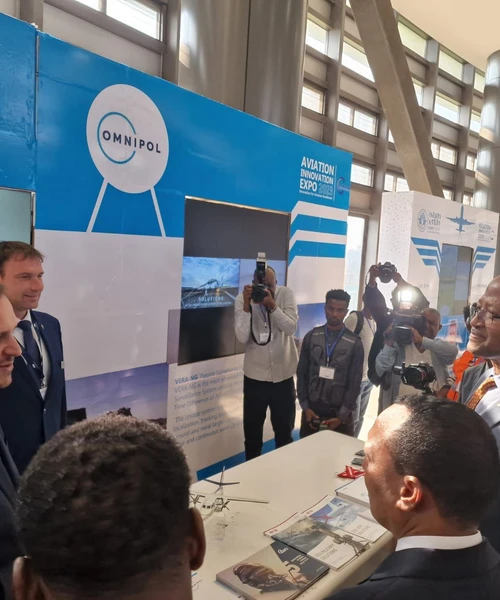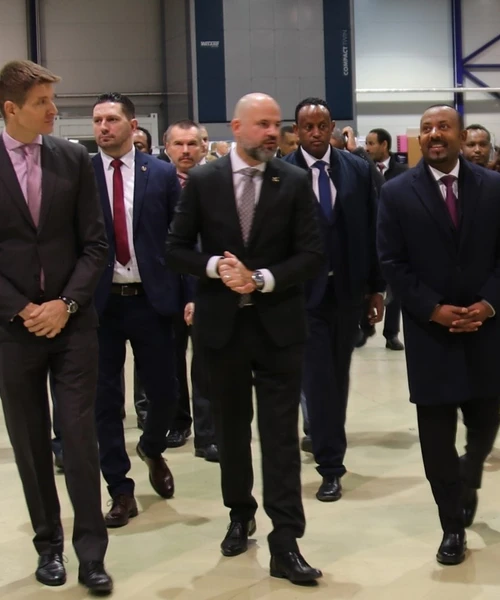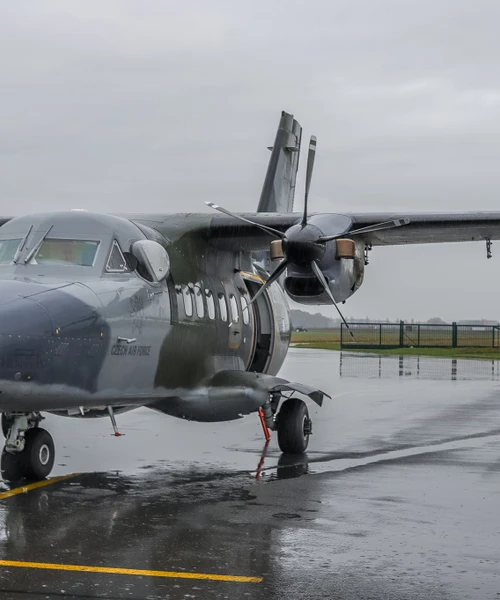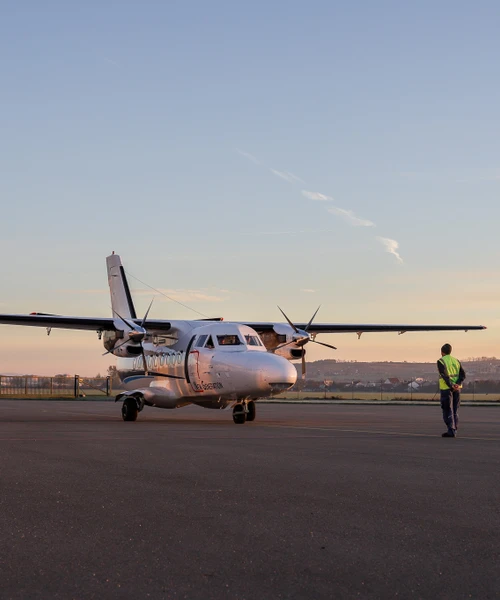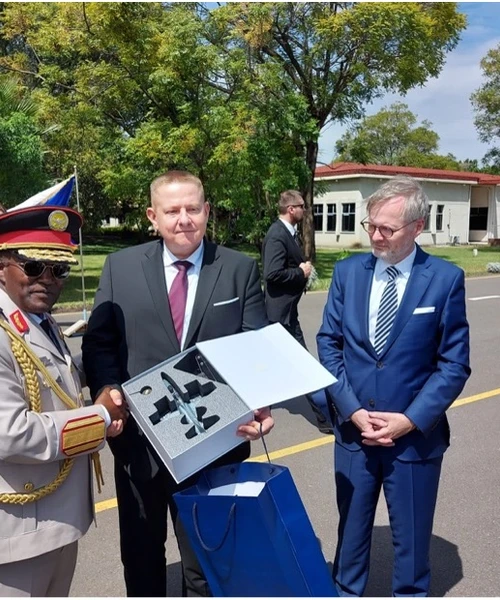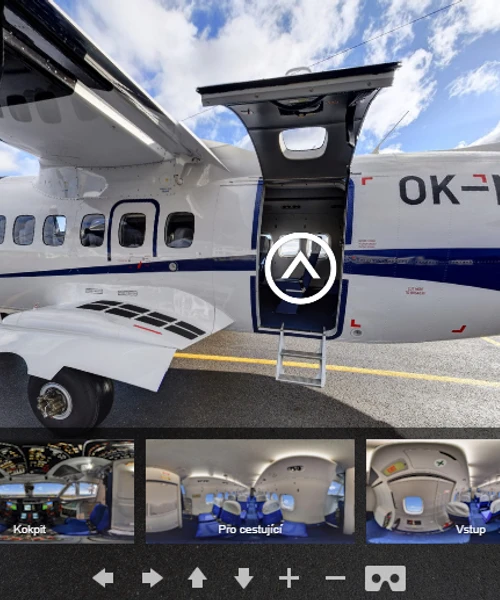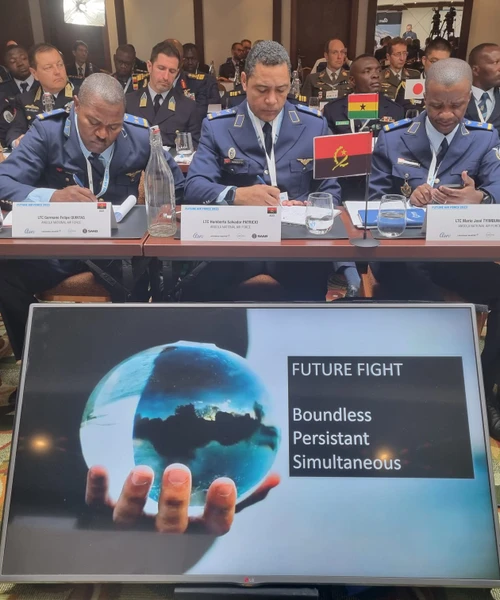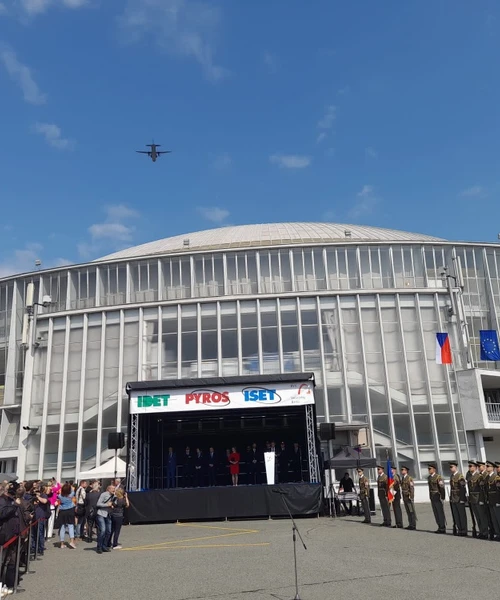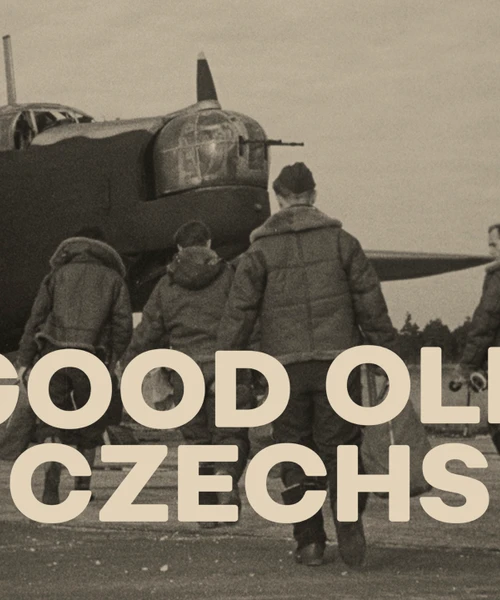
Brazil: A story full of adventure and unexpected twists
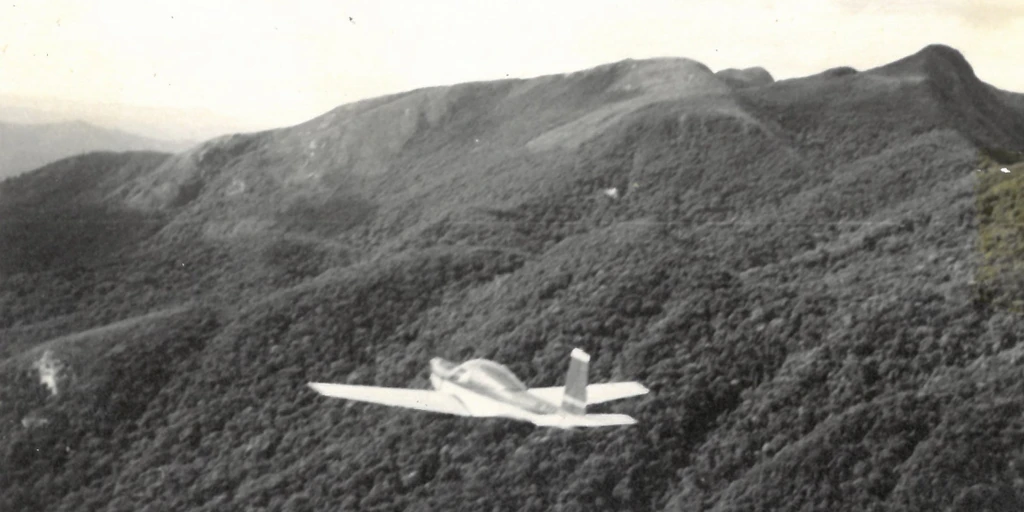
From Argentina, the expedition headed to Uruguay, where a roughly 60-kilometer flight across the mouth of the La Plata River awaited it. In one hour and thirty minutes, the planes landed in Uruguay. However, there were other problems. Not only did the group not have visas and were only allowed to cross the country, but the country was under a state of emergency due to devastating floods.
Catastrophic floods in Uruguay
In 1959, Uruguay experienced some of the most devastating floods in its history, caused by extremely heavy rains at the end of May and beginning of June. The central and northeastern regions of the country were the most affected.
The floods had a devastating impact, with thousands of people evacuated and many of them losing all their possessions. Towns and villages were flooded, bridges and roads destroyed, and agriculture suffered significant losses. The government and the international community responded quickly, declaring states of emergency and mobilizing rescue teams. Thanks to this, the floods claimed less than thirty human lives.
Journey to Brazil
The expedition had no choice but to head immediately to Brazil, specifically to the city of Pelotas. "For three hours we flew over that flood, where far and wide everything was merged into one level, from which only the roofs, sometimes parts of houses, could be seen. Cattle were standing or drowning on higher ground. There was nothing to grab onto for orientation. In addition, I didn't have maps," experienced L-60 pilot Miroslav Křemen describes the dramatic flight to Brazil in his book "The Journeys of an Aviation Life".
“All I had on a piece of paper was a simple sketch from the map at the dispatcher in Montevideo. Now I was cursing myself that I should have been more careful, but it would probably still be "for a cat". We knew that the airport in Pelotas was in the extended axis of the river. But how do you find the river when it's all one level and it's going to be dark in no time? At that, a steamboat appeared on the surface. After all, there must be a riverbed there too! It was, and soon the airport too. In my mind, I promised the captain of that steamer a bottle of rum if we ever meet," he writes further in his memoirs.
From the city of Pelotas, our planes went all the way to Rio de Janerio, with a series of demonstrations along the way. They were helped with their organization by delegates who represented Czechoslovakia in Latin America. "The delegates helped us prepare the trip even on the spot, because they knew the conditions there," Luděk Skočdopole explains how the organization of the demonstration took place in the 1950s. Delegates were sent for three to four years, with some in charge of several states, others only one country. "But the main thing was that they always knew how to help us," adds Luděk Skočdopole.
Spectacular performances in Brazil
In Brazil, the expedition presented the pride of the Czechoslovak aviation industry specifically in the cities of Florianópolis, Curitiba, São Paulo and Rio de Janeiro. The crew, which was "totally penniless" after several months of travel in Latin America, had several stops at local banks.
One of the most successful performances took place on the famous Copacabana beach, where today, among other things, the biggest music events in the world take place. The planes and the pilots achieved great fame, with newspaper articles at the time claiming that 50,000 spectators watched the show. "I didn't count them, but it was a long haul because the length of the beach is about four kilometers," recalled Miroslav Křemen.
"We had a lineup that we agreed in advance with the pilots and with the employees of the companies where the airplanes were manufactured. In Czechoslovakia at the time, acrobatics were practiced a lot in aero clubs, so we had the opportunity to choose from many elements," explains Luděk Skočdopole. The show was incredible and a huge success. "At the end (on Copacabana Beach) they gave me a parachutist with rockets, whom I dropped into the sea, which I wouldn't have minded, but he lit the rockets, probably home-made, already in the cabin. This got me a little excited because I didn't have a parachute and he did. He would be able to do it, if necessary, he would be "number one", but what about me?" Miroslav Křemen writes about the spectacular demonstration with humor in his book pilot Miroslav Křemen.
Brazil - a country of culture and open people
The program in Brazil was very busy, but the expedition also found time to explore the local culture. In cities where the cultural scene was on the rise, the sounds of samba and bossa nova were constantly heard. "It's a beautiful country, people are very open," Luděk Skočdopole recalls. "It seemed that only happy, carefree people living there, enjoying life to the fullest," writes Miroslav Křemen in his book.
From Rio de Janeiro, our group continued to São Paulo, where, unfortunately, the Trener plane with pilot Josef Krejza crashed tragically. But more about that - including the video of the accident - in the next episode.












